What's the Real ROI of Sustainable Packaging?
Sustainable packaging represents more than an environmental choice. It's increasingly becoming a strategic business decision with measurable returns on investment. While traditional ROI calculations focus on immediate cost recovery, sustainable packaging delivers value across multiple dimensions that extend far beyond the balance sheet.
Understanding Sustainable Packaging ROI
The ROI of sustainable packaging encompasses both tangible and intangible returns. Traditional calculations compare upfront costs against direct financial benefits, but this approach misses crucial value streams. A comprehensive analysis includes brand equity enhancement, regulatory compliance advantages, and operational efficiencies.
According to our research on sustainable packaging ROI, businesses need to consider immediate cost factors alongside long-term benefits to make informed decisions.
Immediate Financial Considerations
Material Cost Comparisons
Eco-friendly materials often carry premium prices compared to conventional options. For instance, bioplastics typically cost 20-100% more than traditional plastics. However, this gap is narrowing as production scales up and technologies mature.
When implementing sustainable packaging, businesses should utilize precision measurement tools to optimize material usage and minimize waste, directly improving cost efficiency while maintaining quality standards.
Production Efficiency Factors
Sustainable materials sometimes require different processing parameters, potentially affecting production speeds and efficiencies. However, innovations like mono-material packaging can streamline production by eliminating the need for complex material separation.
Brand Value and Consumer Perception
Consumer preference for sustainable packaging translates to tangible business benefits. Studies show that 73% of consumers are willing to pay more for products with sustainable packaging. This preference creates opportunities for premium positioning and increased market share.
Case Studies in Brand Perception
Companies implementing visible sustainability features in their packaging report significant improvements in brand perception metrics. For example, businesses using clearly labeled compostable materials have seen up to 30% increases in positive brand sentiment scores.
Operational Efficiency Gains
Sustainable packaging often drives operational improvements that contribute to ROI. Weight reduction through innovative designs decreases shipping costs, while closed-loop systems can significantly reduce material expenses over time.
- Reduced shipping weights lower transportation costs by 5-15%
- Streamlined packaging designs decrease assembly time by up to 25%
- Reusable packaging systems cut material costs by 30-70% over multiple use cycles
- Simplified material selection reduces inventory management complexity
These operational benefits often offset higher initial material costs within 12-24 months of implementation.
Measuring Long-Term ROI Metrics
To accurately assess sustainable packaging ROI, businesses should track multiple metrics beyond simple cost comparison:
Financial Metrics
Track direct cost savings from reduced material usage, lower shipping expenses, and decreased waste management fees. For many businesses, the transition to minimal waste fulfillment strategies yields measurable financial returns within the first year.
Brand Impact Metrics
Monitor changes in consumer perception, social media sentiment, and brand loyalty scores after implementing sustainable packaging. Companies successfully communicating their packaging sustainability story often see measurable improvements in these areas.
Risk Mitigation Value
Calculate the value of avoiding future regulatory penalties, consumer backlash, or required packaging redesigns. As regulations around single-use plastics tighten globally, this forward-looking metric becomes increasingly significant.
Future-Proofing with Sustainable Packaging Investments
Perhaps the most valuable aspect of sustainable packaging ROI is its role in future-proofing businesses against changing market conditions. Companies investing in options like mushroom-based packaging or edible packaging solutions are positioning themselves ahead of regulatory curves and consumer expectations.
The true ROI of sustainable packaging emerges when viewed as a strategic investment rather than a cost center. By considering the full spectrum of returns across financial, brand, operational, and future-readiness dimensions, businesses can make informed decisions that balance short-term costs against long-term value creation.
As material innovations continue and scale increases, the financial equation for sustainable packaging improves yearly. Companies that move proactively rather than reactively position themselves to capture maximum value from their sustainable packaging investments.

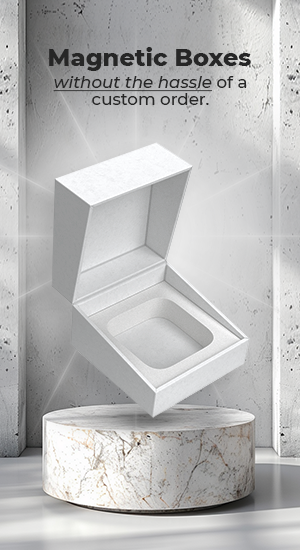
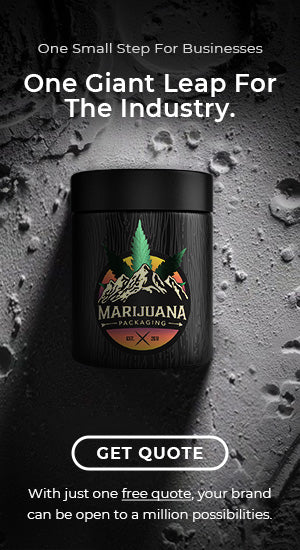

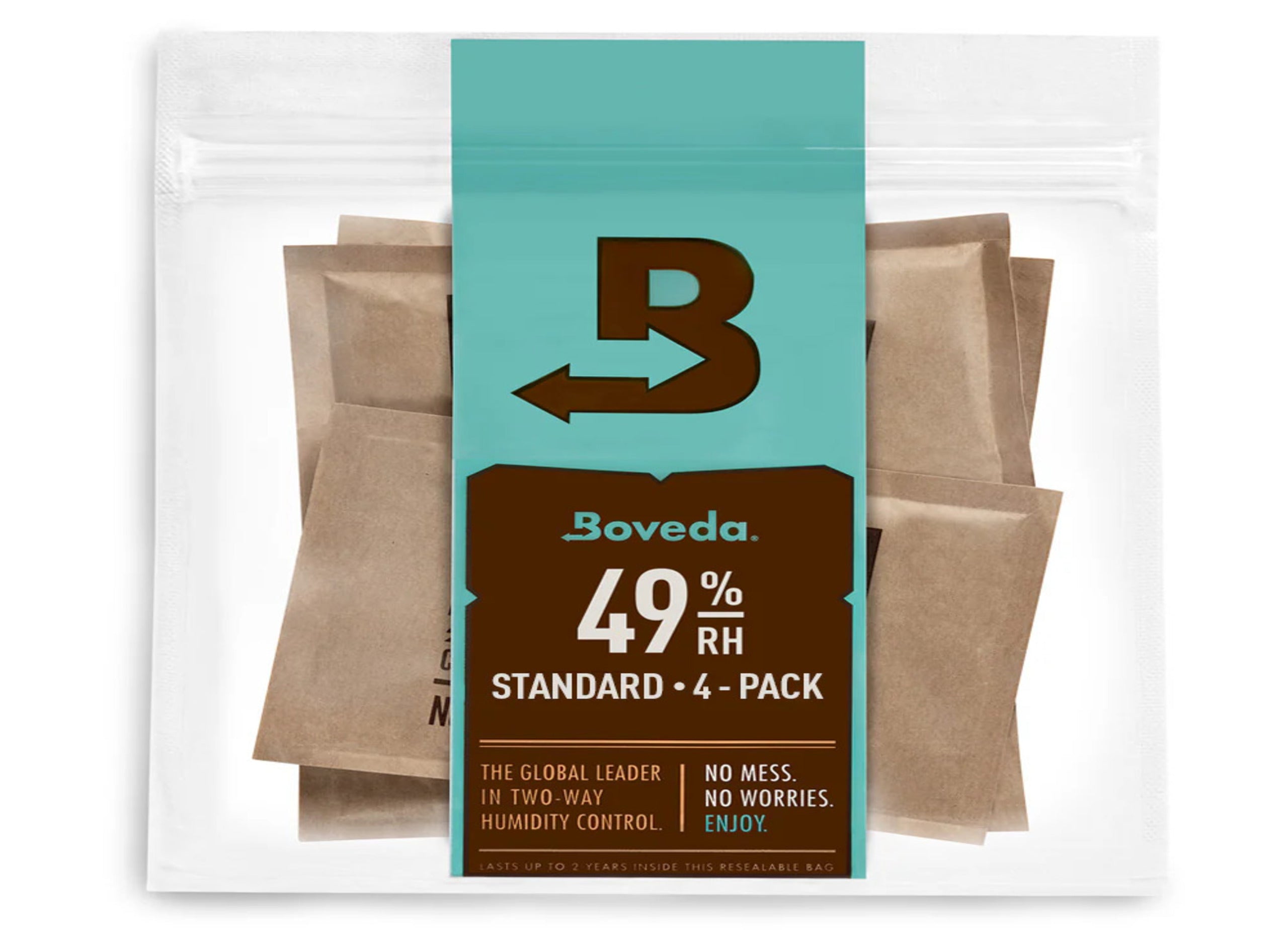
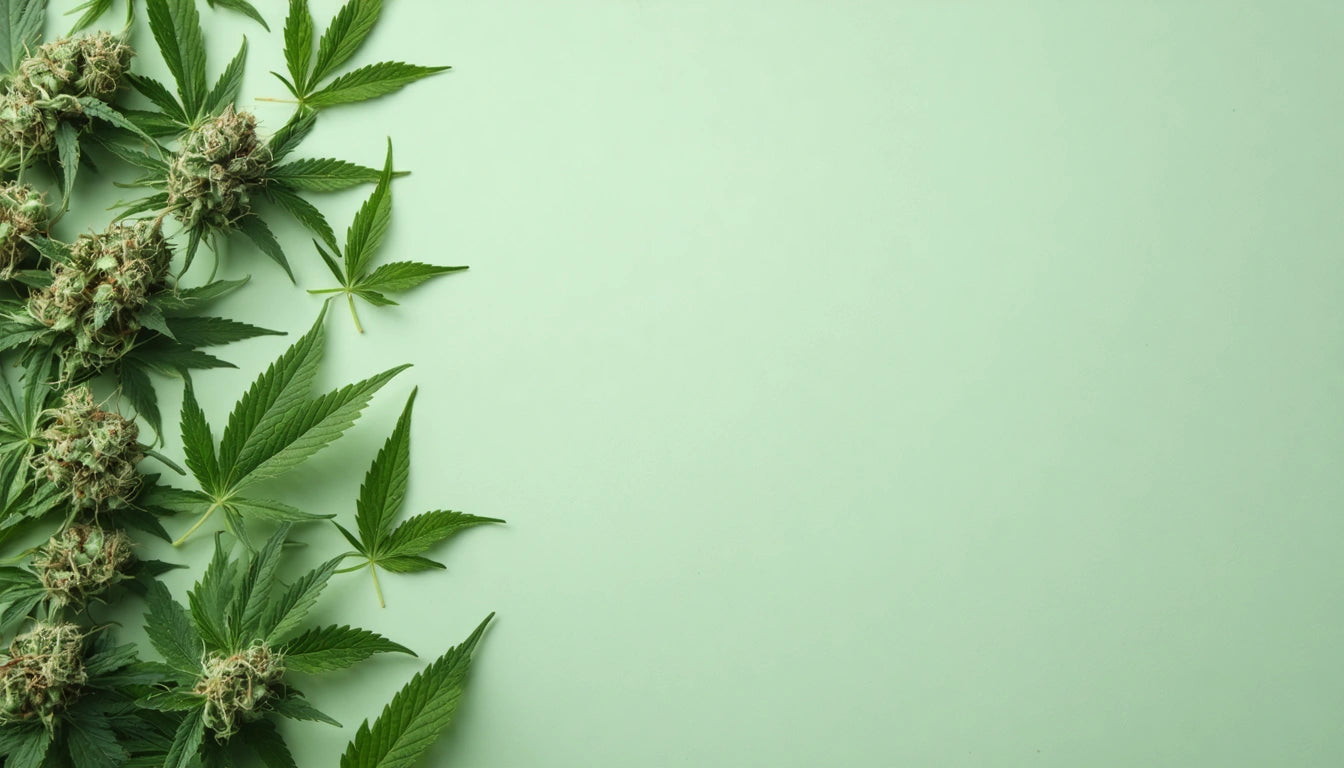
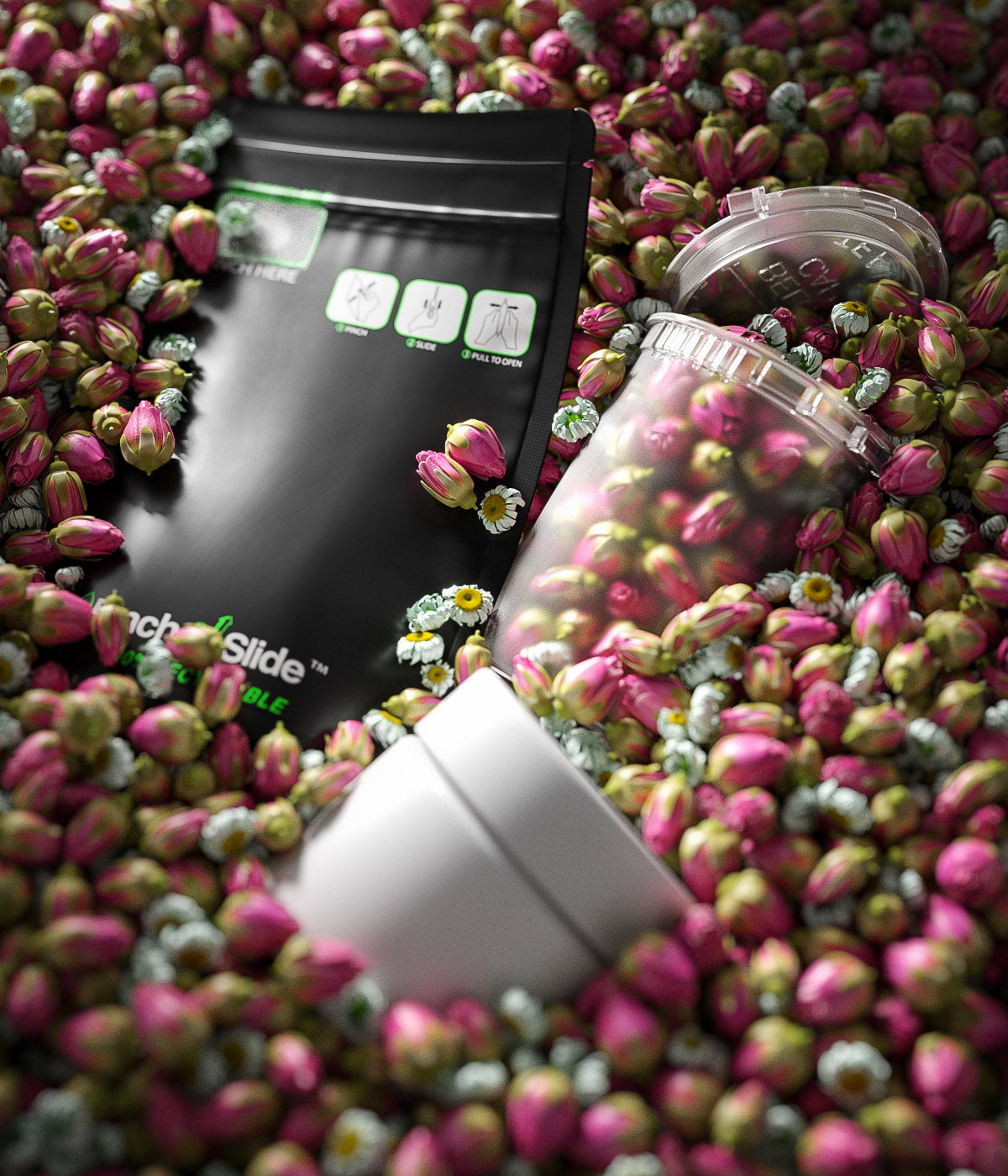
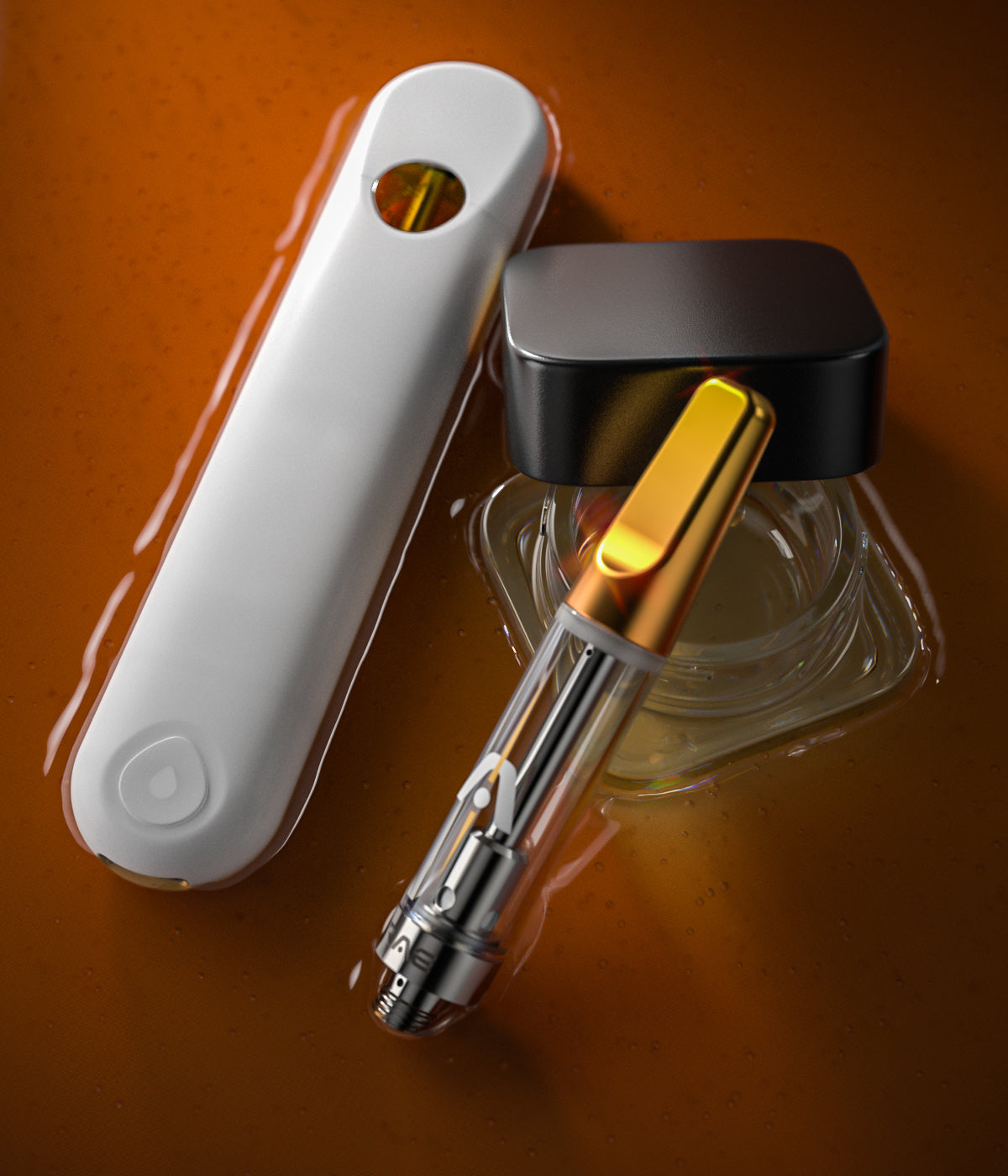
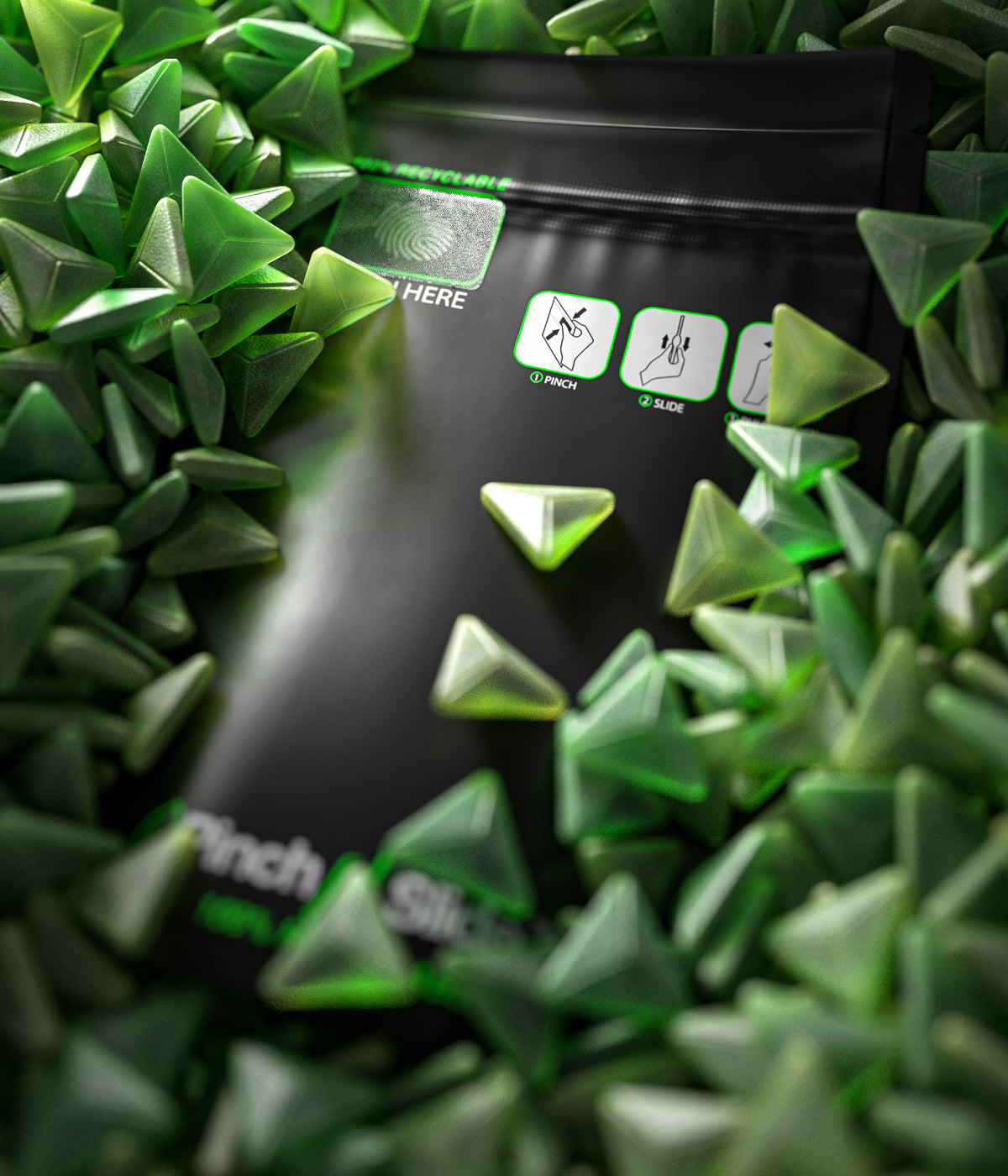

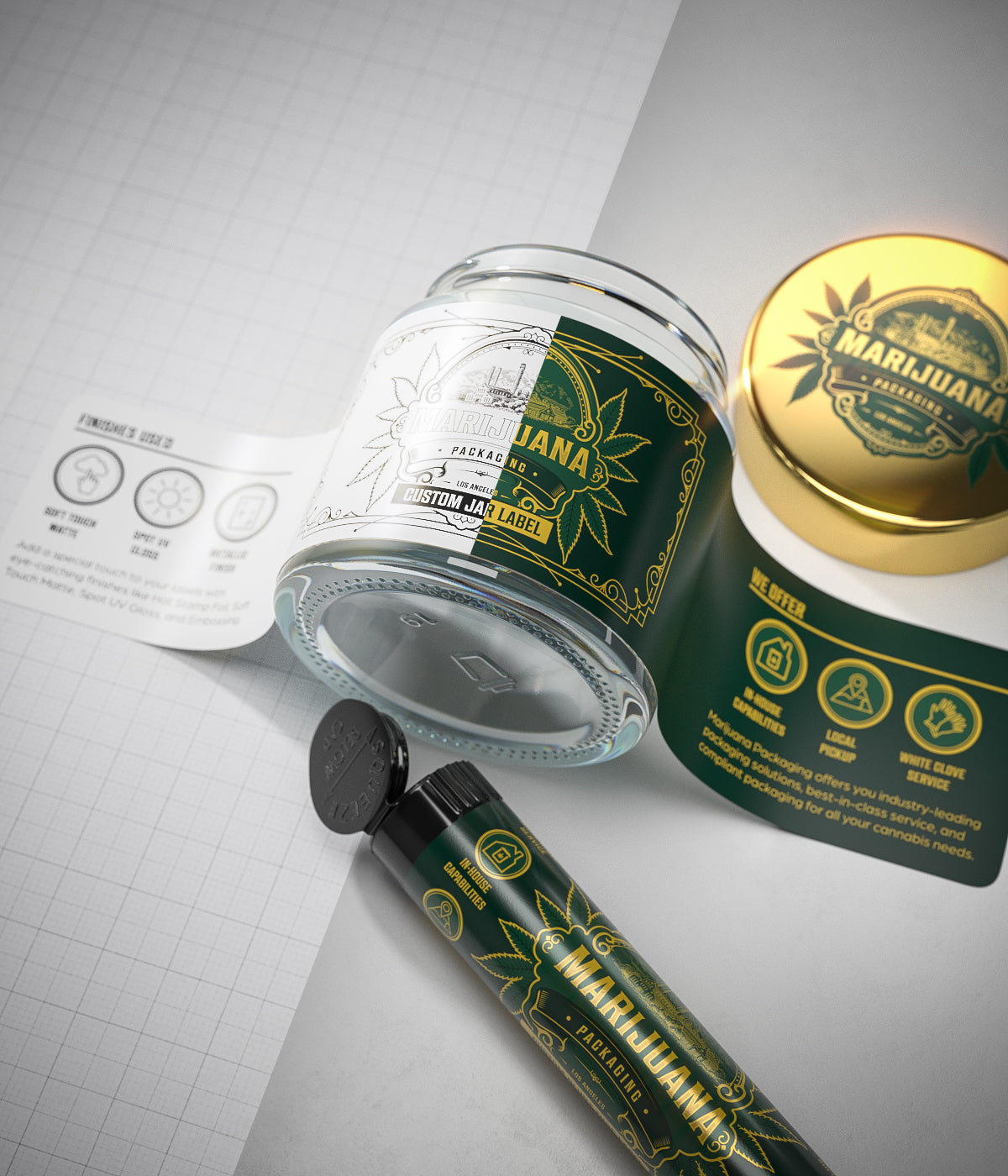
Leave a comment
All comments are moderated before being published.
This site is protected by hCaptcha and the hCaptcha Privacy Policy and Terms of Service apply.